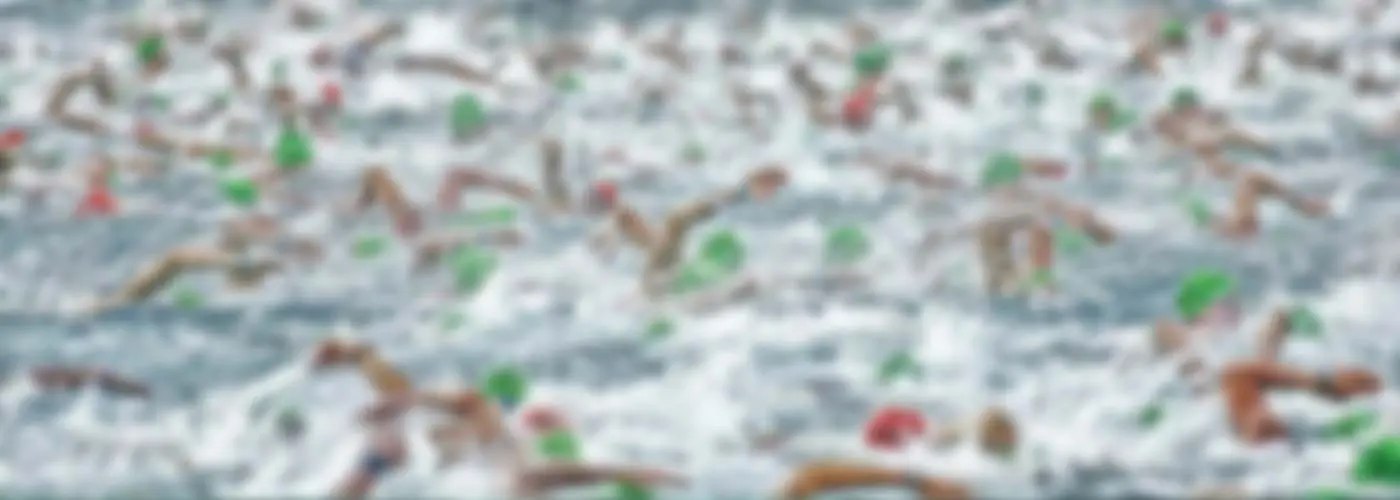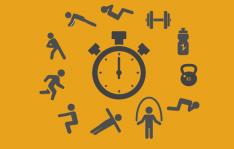With so much attention and reward for the act of soldiering on, no matter the challenge, why would anyone encourage a DNF in a triathlon?
There are times when continuing to race will do you more harm than good. Fighting through pain and pushing your body to the limit can be unsafe, and it could even lead to long-term injuries. Here's why the DNF isn't the worst thing that can happen.
Don't Quit
1 of 7
This isn't an article telling you it's okay to quit. There are many reasons you should push yourself during a race. The key is to be smart and listen to your body. Don't give up for a "lame" excuse.
What are the "lame" reasons? Here are a few examples:
- The weather conditions aren't perfect—sunny, calm wind and 75 degrees.
- Sometime during the race it's apparent that a PR or a podium spot are out of reach.
- Single-sport goal paces aren't being met.
- A feared rival shows up unexpectedly to the event.
- It's just too uncomfortable to go that fast.
- The course is more difficult than anticipated.
Find:
Your Next RaceBad Weather
2 of 7
When weather conditions are dangerous rather than a challenge, consider pulling the plug on the day. What's considered dangerous for one person may not be for the next. The key is to know your own limits.
A cold day where water temperature and air temperature are both below 60 degrees Fahrenheit can make for dicey conditions for a swimmer. Add wind to the mix, and conditions become treacherous. This is when your judgment comes into play, not toughness.
If conditions are extremely cold or hot, pushing ahead on race day can mean a trip to the medical tent. It's important to ask yourself if the possibility of extended recovery time is worth the risk.
Find:
Your Next RacePrevious Injuries
3 of 7
There are times when triathletes think they're healed from injury and decide to race. If this happens to you, and that old injury begins to act up again, stop racing. Take the easiest way back to transition and get home. Begin treatment for the injury again and wait to race until you're fully healed. If the injury is worse, make a doctor's appointment at the first opportunity. Pushing through pain or injury can ruin an entire season.
Find:
Your Next RaceSomething Feels Funny
4 of 7
It's no laughing matter to experience a stabbing pain in your shoulder, knee, foot, hip or other body part during a race. If you've done race-pace efforts in training, you should know what it feels like to be uncomfortable from a hard effort.
The other kind of discomfort isn't caused from fatigue, and it may be hard to explain. If a feeling pops up that you've never felt before, and it seems like it could get worse the more you push, error on the side of caution to avoid further injury.
One way to know if discomfort is a problem is to stop and see if the pain subsides. If it lingers, it's best to stop.
Find:
Your Next RaceFever, Cold or Flu
5 of 7
If you've had an illness in the 5 to 14 days prior to race day, there's a chance you're not fully recovered from the bug. If you're feeling okay on race morning but start to feel worse during the race, stop.
If you weren't sick in the week or two prior to race day, but had friends or family that were sick, there's a chance you picked up their bug.
Find:
Your Next RaceThe Big Picture
6 of 7
Sometimes it's tough to step back and look at your season from a distance. If the thought of a DNF crosses your mind, try to determine if continuing the race has potential long-term negative consequences. Is there a chance that pushing on will do more harm than good? Is there a chance that you'll ruin the remainder of your season if you force yourself to complete the race?
If a DNF will help preserve your overall health and the ability to race well later, it is worth stopping—no matter how much time or money you've invested.







Discuss This Article